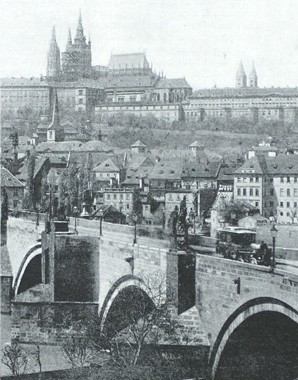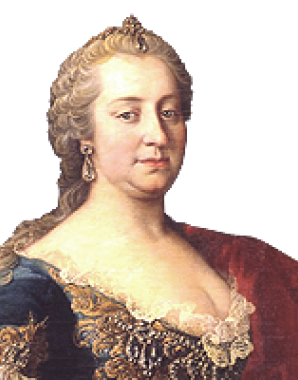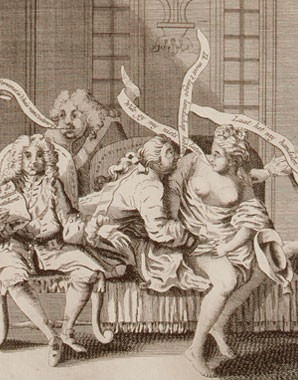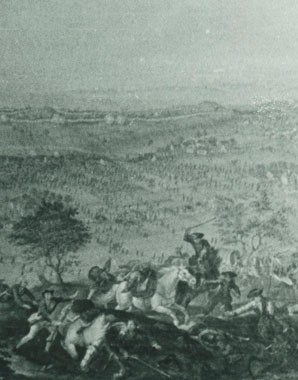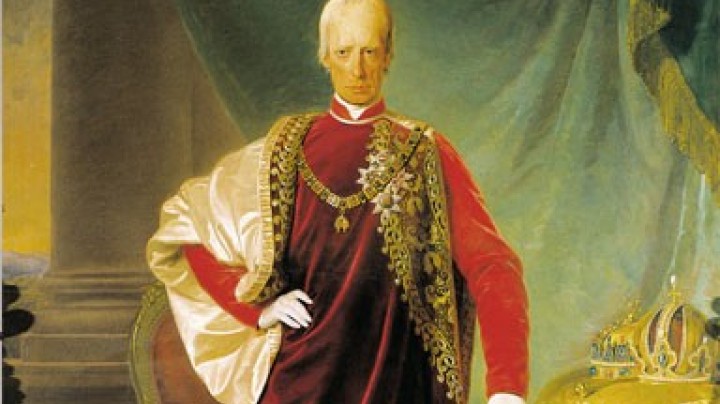A difficult relationship – Maria Theresa’s Prague legacy
Maria Theresa’s rule began for the inhabitants of Prague with a veritable onslaught of bombs and grenades. In the lands of Bohemia, the rule of an empress who liked to present herself as caring mother of the nation left a bitter after-taste; indeed the Czechs refer to her as ‘macecha Čech’, the stepmother of Bohemia.
The proud royal city of Prague had become a provincial backwater following the permanent relocation of the imperial Court to Vienna. The War of Austrian Succession then roused the city from its slumbers, for in 1741 it was conquered by the allied Bavarian and French troops. The Bohemian estates found themselves forced to pay homage to Bavarian elector Karl Albert as king of Bohemia, although no coronation took place since the crown and coronation insignia had already been carried to safety in Vienna.
In the following year, Prague once more came under Austrian administration. In 1743, Maria Theresa was crowned queen in St Vitus’ Cathedral. However, her relationship with Bohemia remained a chilly one throughout her life; for many years she was unable to forgive the Bohemians for having paid homage to her Bavarian opponent in her hour of greatest need. In a letter, she described the Bohemian St Wenceslas Crown derisively as a ‘Narrenhäubl’ (a fool’s cap), which lay more heavily on her head than the Hungarian crown.
The Seven Years' War led to further destruction by Prussian armies. As a result of war damage and dilapidation following decades having lain unoccupied, Prague castle stood in stark contrast to the Baroque splendour of the churches and noble palaces in the city at the foot of the castle hill. In the years 1755-1775, finally, large-scale rebuilding took place under the supervision of Viennese court architect Pacassi. The heterogeneous agglomeration of edifices, varying widely in age, vanished behind a uniform facade, the broad horizontal span of which remains characteristic to this day of the prospect of the castle from the city side.
Maria Theresa reorganized the state administration of the Bohemian kingdom in an equally unifying manner. The last remnants of political independence enjoyed by the formerly proud lands under the Bohemian St Wenceslas crown – Bohemia, Moravia and the part of Silesia which had remained under Habsburg rule – were eradicated. The Bohemian lands became provinces governed by the central Viennese authorities, the administration of which was combined with that of the Austrian hereditary lands. This policy of enforced conformity was intensified under Joseph II and was one of the reasons for the traditional distrust felt towards Vienna by the nascent modern Czech nation.




